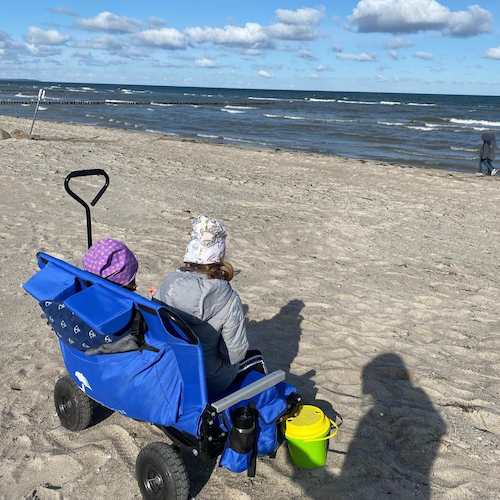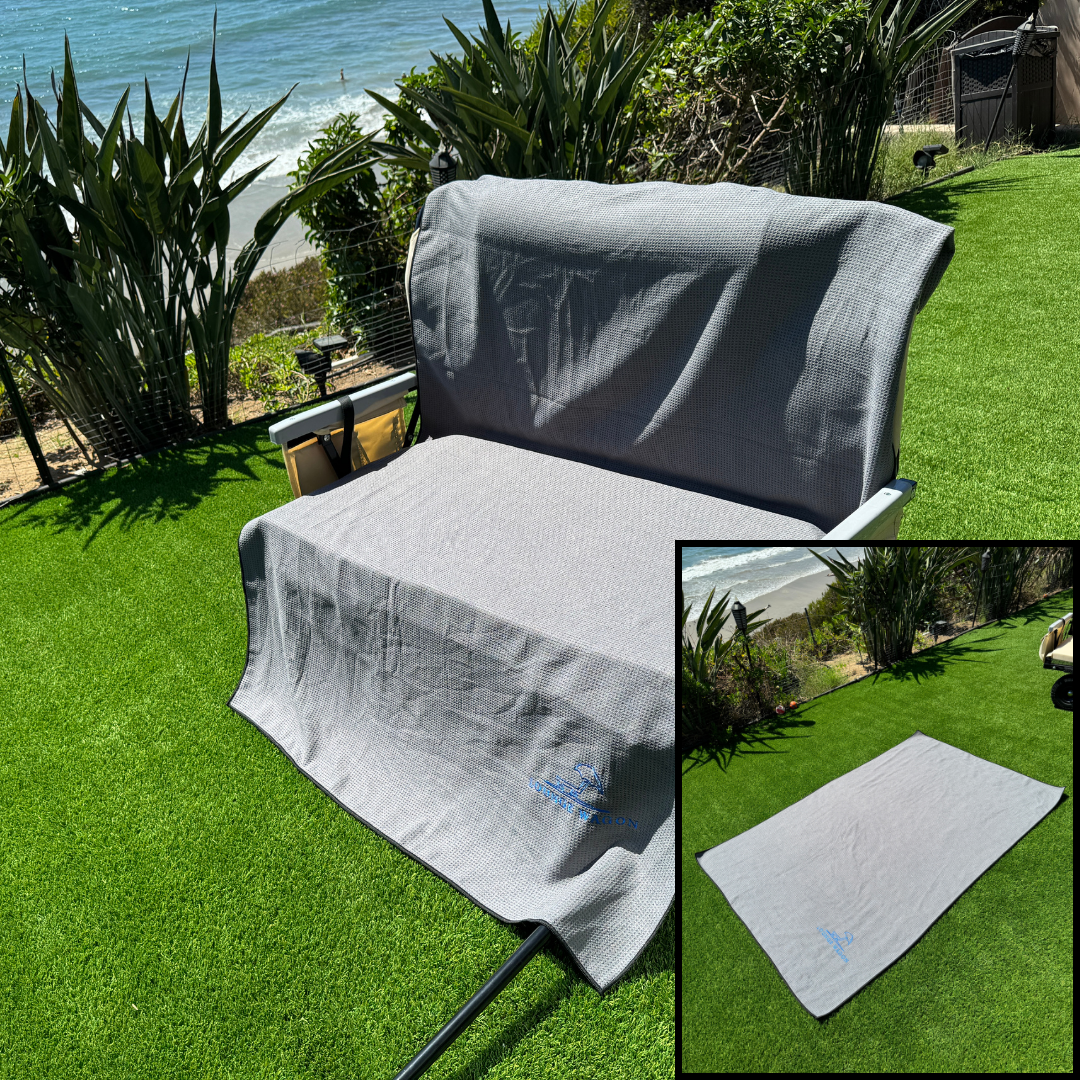
When it comes to outdoor activities such as camping, hiking, kayaking, and other water-based activities, keeping your gear dry is essential. This is where dry bags come in handy. Dry bags are versatile storage solutions that keep your belongings safe and dry even in the wettest of conditions. In this blog post, we’ll discuss the uses and benefits of dry bags, and why they are a must-have for any outdoor enthusiast.
What are Dry Bags?
Dry bags are a type of waterproof storage solution designed to protect your belongings from water, dust, and sand. They are usually made of durable materials such as nylon, PVC, or vinyl, and come in a variety of sizes and shapes. The bags have a roll-top closure that creates a watertight seal, and some even come with additional features such as shoulder straps, compression straps, and external pockets for extra convenience.
Uses of Dry Bags
Protecting Gear During Water-Based Activities
Dry bags are essential for any water-based activity such as kayaking, canoeing, or paddle boarding. These activities require you to be in close proximity to water, and there is always the risk of getting wet. A dry bag will ensure that your gear stays dry, even if your kayak or canoe capsizes.
Camping and Hiking
Camping and hiking require you to carry a lot of gear, from tents and sleeping bags to clothes and food. A dry bag is a perfect way to keep all your gear organized and dry, especially if you’re camping in a wet climate or during the rainy season.
Travelling
Dry bags are not just for outdoor activities; they are also useful for traveling. If you’re traveling to a destination with a wet climate, such as a rainforest or a tropical island, a dry bag can protect your belongings from water damage.
Benefits of Dry Bags
Waterproof Protection
The primary benefit of a dry bag is that it provides waterproof protection for your belongings. The roll-top closure creates a watertight seal that keeps your gear dry even in the wettest conditions. This makes it an ideal storage solution for water-based activities or camping in a wet climate.
Durable Materials
Most dry bags are made of durable materials such as nylon, PVC, or vinyl, which make them resistant to tears, punctures, and abrasions. This means that they can withstand rough handling and are long-lasting, providing excellent value for money.
Versatile
Dry bags are incredibly versatile and can be used for a wide range of activities. They come in different sizes and shapes, making them suitable for storing anything from small electronics to camping gear. Some dry bags even come with additional features such as shoulder straps, compression straps, and external pockets for extra convenience.
Easy to Use
Dry bags are easy to use. To seal the bag, all you need to do is roll the top down a few times and clip it together. This creates a watertight seal that keeps your belongings safe and dry. Additionally, most dry bags are lightweight, making them easy to carry around.
Affordable
Dry bags are an affordable storage solution that provides excellent value for money. They come in a range of prices, depending on the size and features, but even the most basic dry bags are affordable and offer excellent protection for your belongings.
Types of Dry Bags
Compression Dry Bags
Compression dry bags are a type of dry bag that allows you to compress the contents inside, making them more compact and easier to pack. These bags come with compression straps that you can use to squeeze the air out of the bag, reducing its size.
Roll-Top Dry Bags
Roll-top dry bags are the most common type of dry bag. They feature a roll-top closure that creates a watertight seal when rolled tightly and straps are used to keep it tight.
Air-Tight Dry Bags
Air-Tight Dry Bags have waterproof zippers that close the bag and make it air-tight. These type of dry bags are often submersible to a couple of feet of water and are used in extreme conditions
Zipper Top Dry Bags
The Zipper Top dry bag usually have a non-waterproof zipper and need to be rolled closed like the roll-top dry bag in order to be waterproof. It is an added precaution but they are not submersible.
Whichever type of dry bag you choose, please make sure you follow the recommended closing instructions in order to keep your gear dry.



